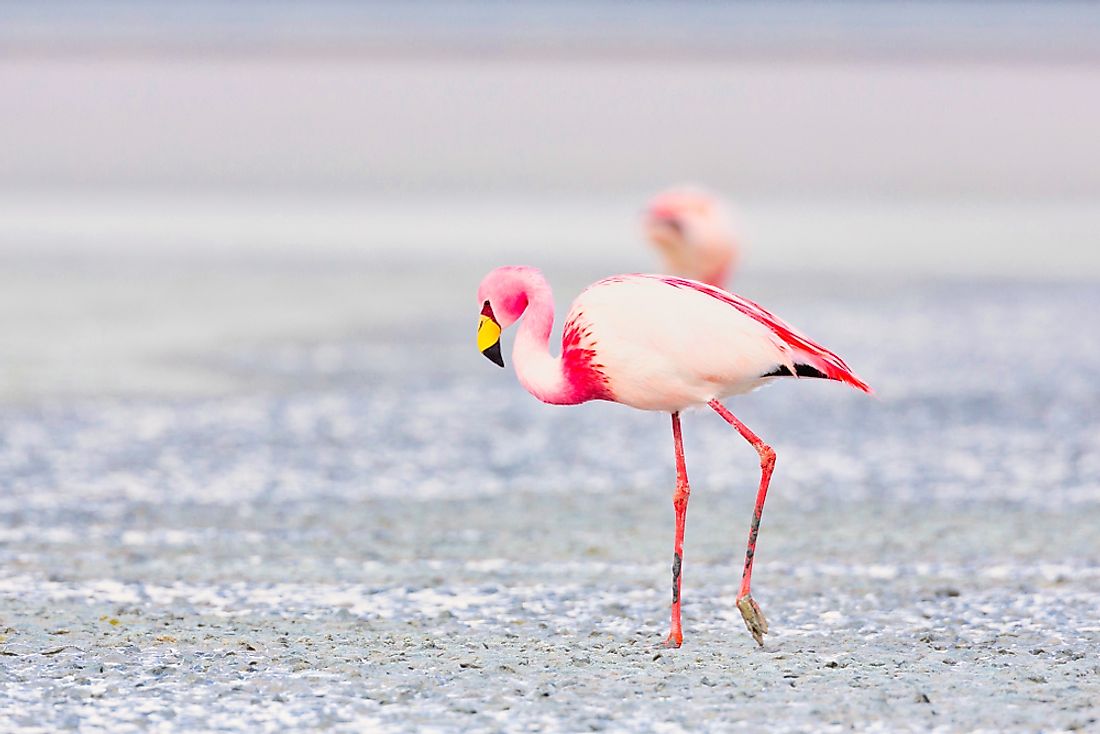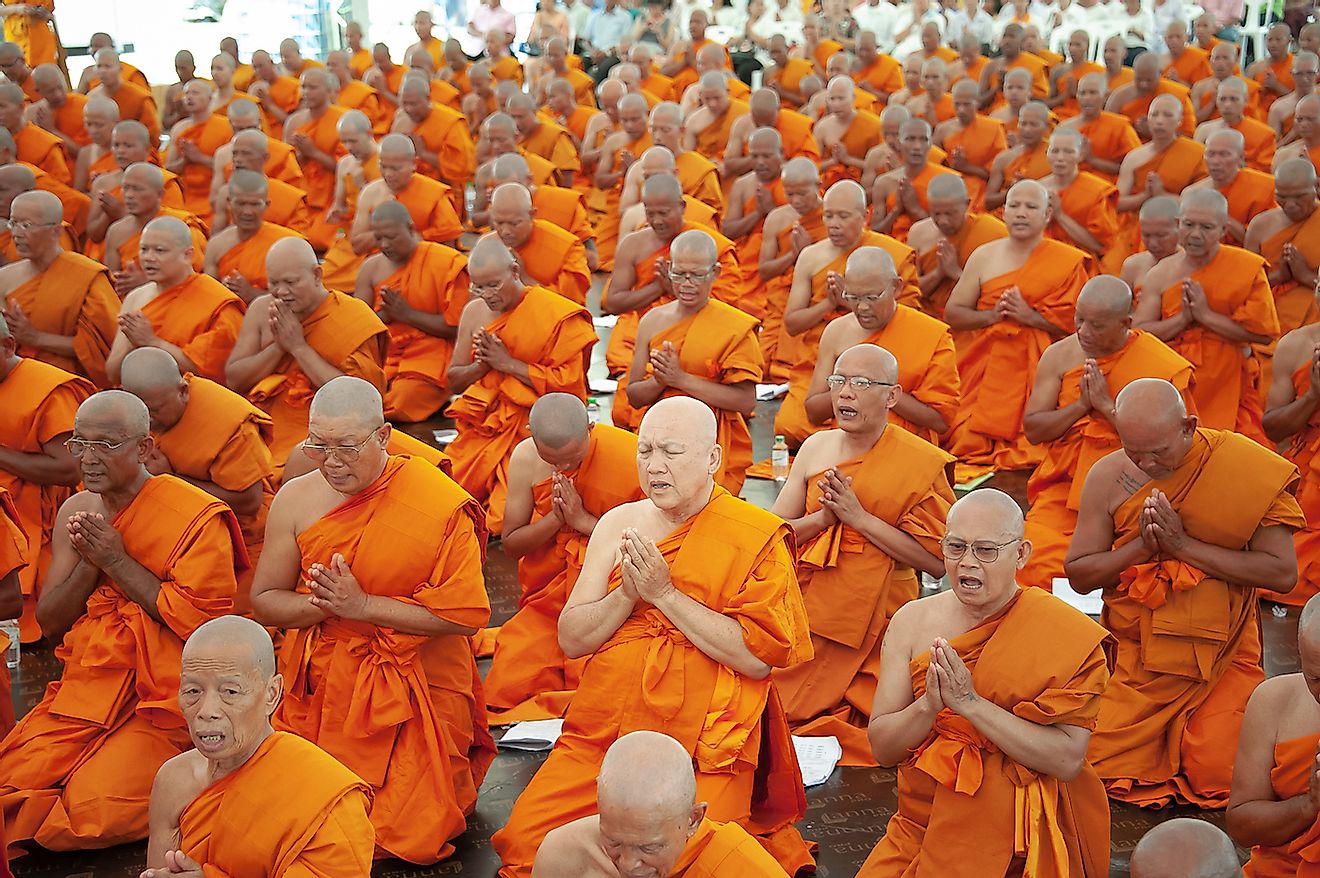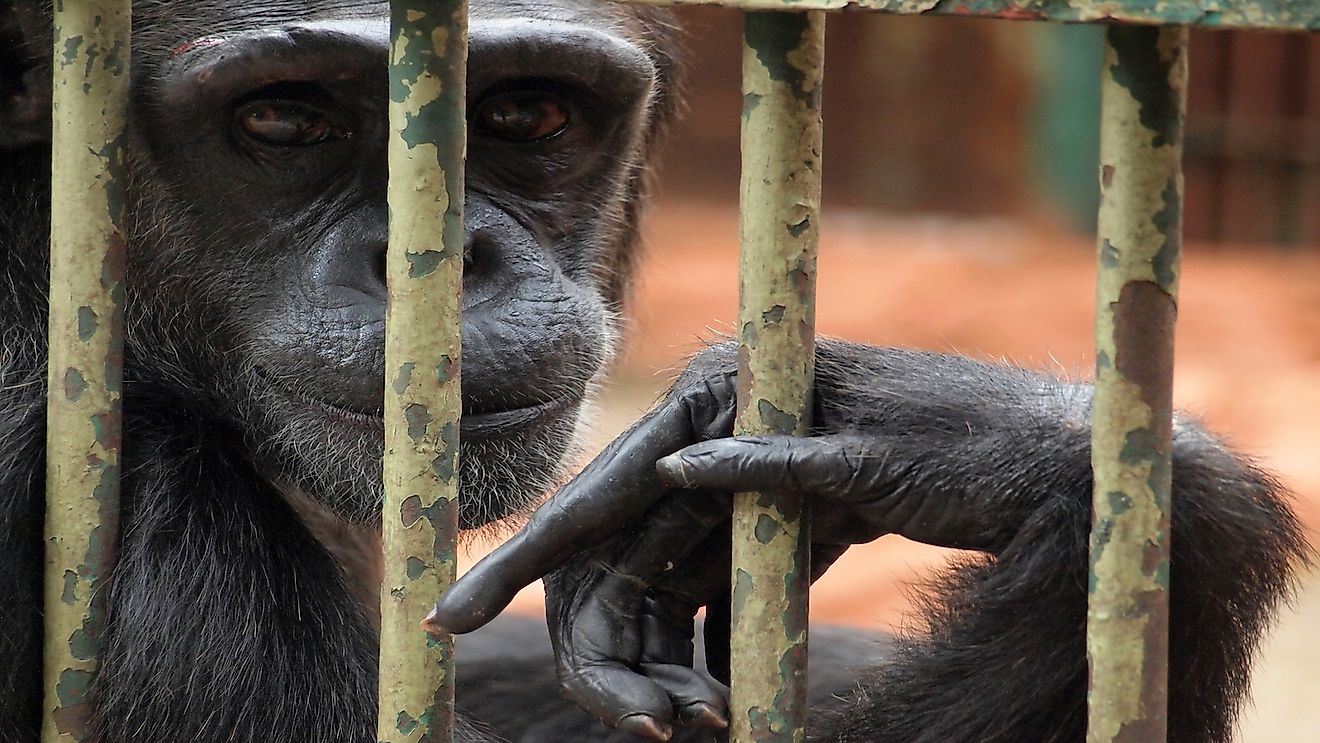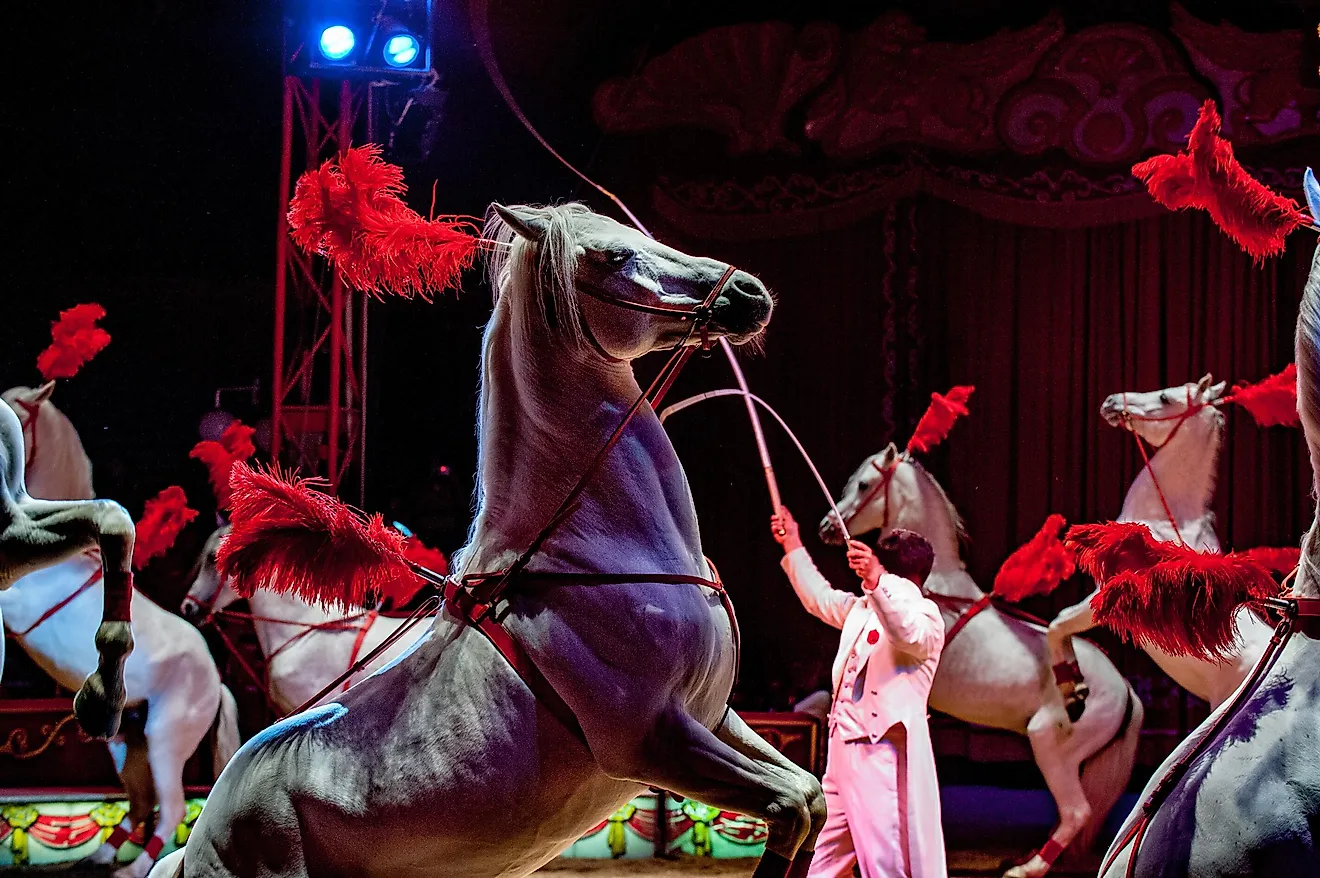Why are Flamingos Pink?

You might be surprised to learn that flamingos aren’t born pink. In fact, flamingos all over the world are born grey. The fuzzy little chicks eventually grow up to become pink, but only if they have access to the kind of food they need.
Flame-Colored
The word flamingo comes from an old Spanish or Portuguese term for “flame-colored,” and the gangly birds can be all shades of pink, from a light, almost white color to nearly red. There are six different kinds of flamingos, but their color depends more on what exactly they eat than their specific species. Different birds within the same flock might not even be the same color. It all comes down to diet.
Flamingos use their hefty bills to skim the water for plankton, which are any small creature that lives in the water. Some plankton are plants, and some are tiny animals. Flamingos primarily eat brine shrimp and blue-green algae, but they’ll also go for mollusks, larvae and some insects.
Filter-Feeding
Flamingos eat through a process called filter-feeding. The birds will bend over to scoop water into their beak and then sift the water through little hair-like structures on their mouths called lamellae, all with their heads upside down. This allows them to separate the plankton they want from the water and the mud they might have scooped up with it.
The pink color mostly comes from the blue-green algae that flamingos eat. The algae is rich in a substance called carotenoids, a pigment produced by many different kinds of plants and algae, as well as some fungi and bacteria. Carotenoids, which both protect plants from sun damage and help them with photosynthesis, are responsible for many of the colors in the natural world. They make carrots and pumpkins orange, daffodils and canaries yellow, and are even responsible for making tomatoes red. The only animals able to produce their own carotenoids are aphids and spider mites.
As flamingos digest their food, they break down the algae or the animal plankton that has been eating the algae, and the carotenoids are deposited in their feathers, beaks and legs. When flamingos shed their feathers in a process called molting, they lose that pigment.
Link Between Color and Diet
You can actually tell, to some degree, what a flamingo has been eating based on their color. Baby flamingos are all grey, but their diet informs their color when they become adults.
The darker the bird, the more carotenoids it has been eating. These birds are often the strongest, healthiest animals in the flock, and they’re often eating more plant plankton than animal plankton.
Lighter-colored flamingos aren’t getting as carotenoid-heavy a diet as their more brightly colored flock mates. Often these birds are perfectly healthy, but they’re getting their carotenoids second hand. Birds in zoos, for example, are usually fed well, but they have less algae in their diets. In the wild, lighter-colored birds are often eating more small animals than plans and only getting carotenoids from the plants their food has eaten. Sometimes, however, being too lightly colored does mean a flamingo is sick.
Flamingos are native to Africa, South America and some parts of Asia, so they don’t have the exact same food sources available. South American flamingos generally have more access to carotenoid rich diets, so their pigment is usually darker.











